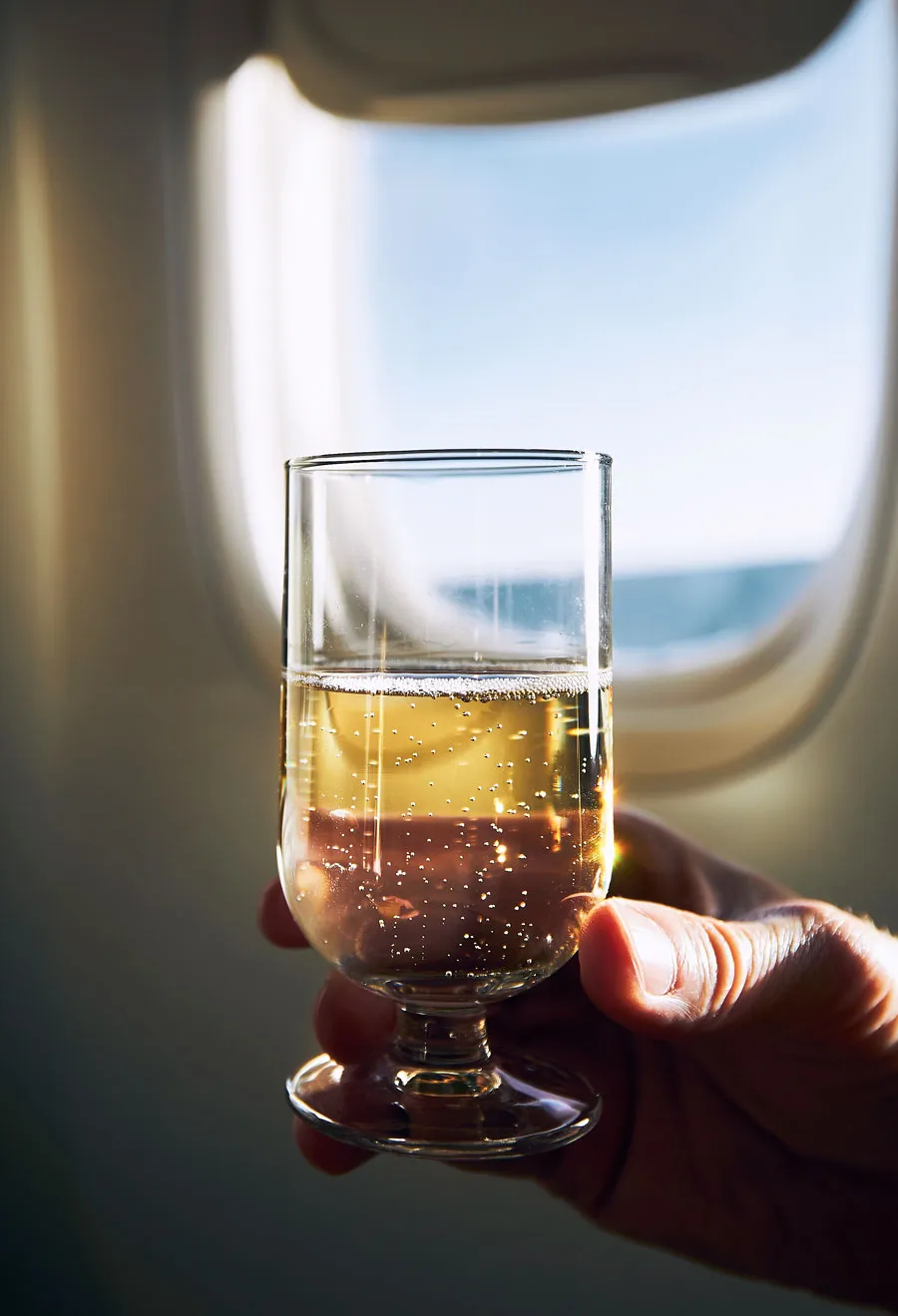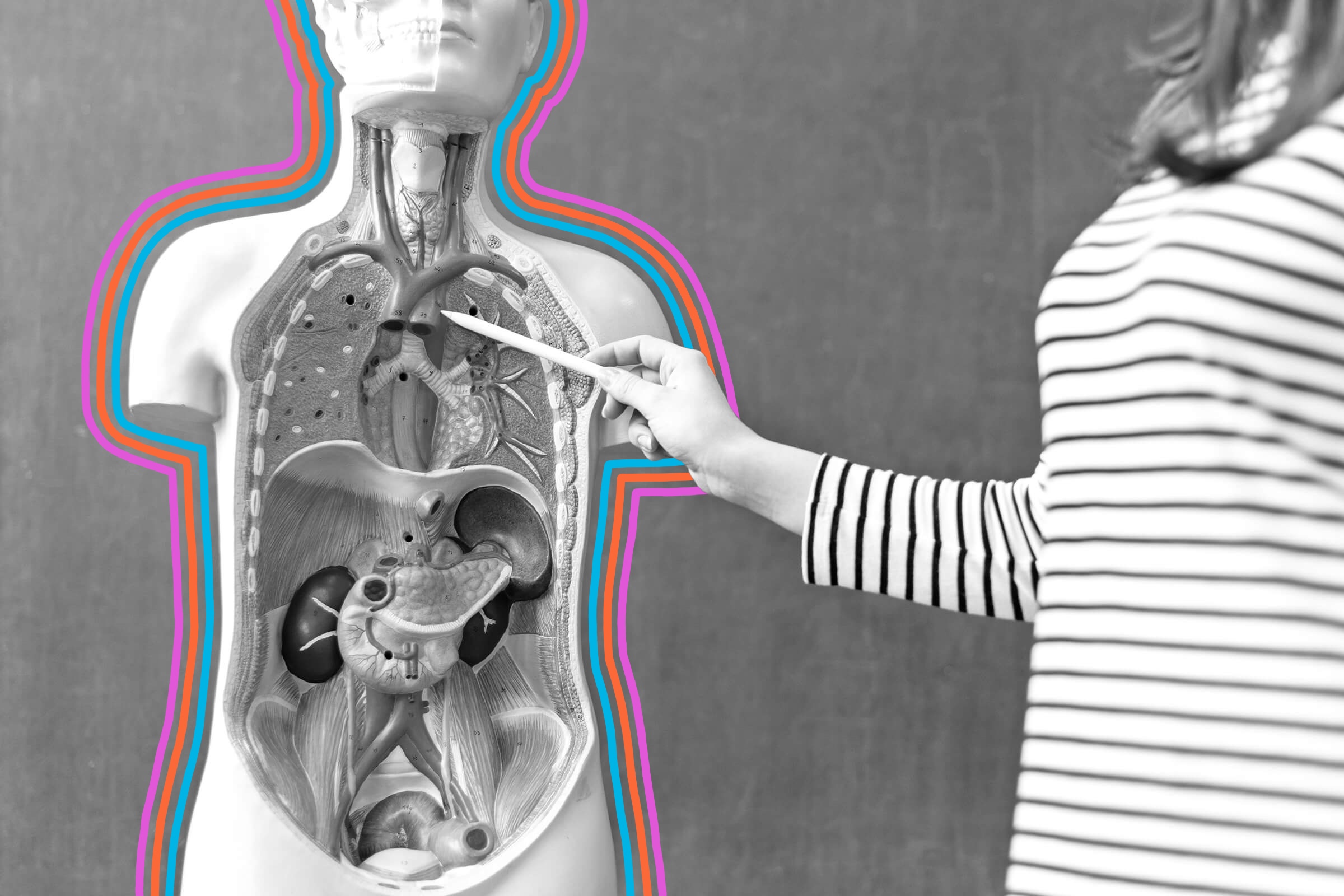It’s no secret that flying is stressful these days, but that’s no excuse for unruly behavior. According to the FAA, there were more than 2,000 reports of unruly passengers in 2024, some of which resulted in removal and fines. Unruly actions such as violence and not cooperating with the crew are an obvious one-way ticket back to the terminal, but other rules are more surprising. While most passengers will never face removal, it’s helpful to understand the guidelines so you can be a courteous traveler and know what might be happening if you see a situation unfold.
Drinking Your Own Alcohol
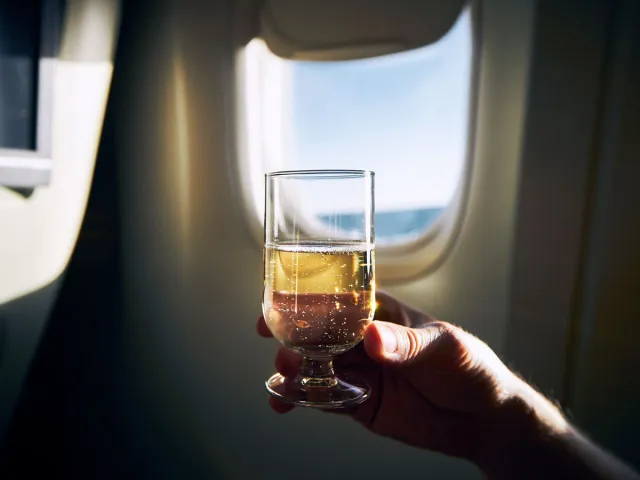
It’s probably no surprise that you can be refused boarding or asked to deplane if you seem intoxicated. Federal aviation regulations require crew members to deny boarding to anyone who appears visibly drunk, so it’s a good reminder to pace yourself at the airport bar and wait until you reach your destination to celebrate.
If you decide to partake in a celebratory vacation cocktail during your flight, remember this: Federal regulations also state that the only alcoholic beverages passengers are allowed to drink are those that have been purchased aboard the aircraft. This means any alcohol purchased elsewhere, including from duty-free stores in the airport, must remain sealed.
This policy enables flight attendants to monitor your alcohol consumption, ensuring that no passenger becomes a safety risk during the flight. Drinking alcohol has more noticeable effects at high altitudes because your body’s blood oxygen levels drop, which means that dehydration, risk of falling, impaired judgment, and the ability to focus are all more significantly impacted in the air.
Being too intoxicated can also have serious consequences for your wallet. Airlines are not obligated to refund your ticket if you’re removed from a flight, meaning you will have to rebook travel at your own expense. Depending on the severity of your behavior, the airline has the right to place you on a temporary or permanent no-fly list, and they can even press charges under state or federal law, which can result in fines or even arrest for serious charges.
Being Too Sick (Even Just a Cold)
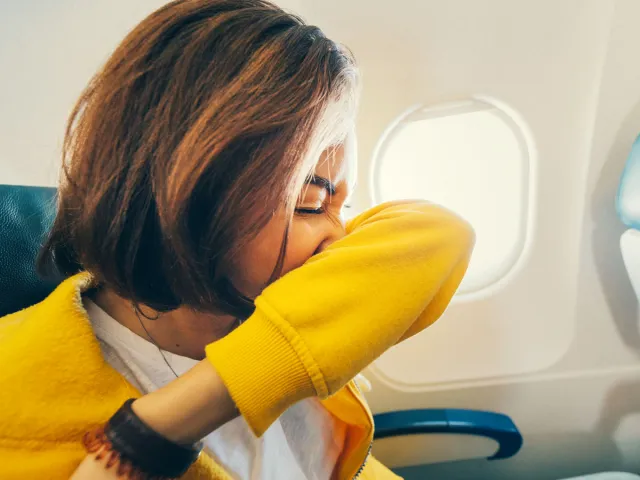
Unless it’s an emergency, you should avoid flying while actively sick. And if you’re recovering from an illness, it’s wise to bring a doctor’s note confirming you’re no longer infectious, because airlines can kick you off a flight if you appear contagious. Rashes, coughs, and sneezes can be alarming to crew and fellow passengers, so being prepared can help avoid complications and delays.
For example, United Airlines can deny boarding if a passenger appears unable to complete the flight without medical assistance, poses a health or safety risk to others, or fails to complete a required medical certificate at least 48 hours before departure. Those who must travel with a contagious illness or those who might require urgent care during the flight require a medical certificate on United. Check your airline’s regulations before traveling if you are sick.
Wearing the Wrong Outfit
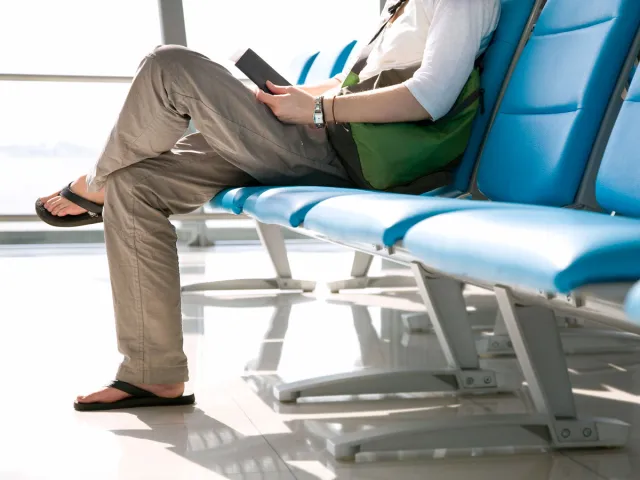
You’re probably familiar with the “no shoes, no shirt, no service” signs at restaurants. As it turns out, airlines have similar expectations. While dress codes vary by carrier and tend to be vague, there are a few universal violations that can trigger removal from a flight. This includes traveling barefoot, wearing revealing clothing (such as swimsuit attire), or displaying offensive slogans.
Hawaiian Airlines has one of the most specific dress code policies: Footwear must be worn at all times (sandals are allowed), clothing must cover the upper part of the torso (e.g., no cropped shirts), and clothing must cover the lower part of the torso (e.g., no revealing bottoms, such as swimwear). When in doubt, opt for attire that is both comfortable and modest.
Emitting Strong Odors

Did you know that passengers have been removed from flights for body odor, strong perfume, or other unpleasant scents? Most airlines list “odors” under their “refusal to transport” conditions in their contract of carriages. Delta Air Lines, for example, states that a passenger can be refused “when the passenger’s conduct, attire, hygiene, or odor creates an unreasonable risk of offense or annoyance to other passengers.”
These rules are in place because scent circulates in a closed cabin with nowhere to escape. If you spray a strong perfume or cologne, for example, the entire airplane can become overwhelmed with the scent. This can not only disturb passengers and crew, but also trigger migraines or even allergic reactions. So, try to always be mindful of scents and hygiene before boarding a plane.
Taking Photos of Crew Members and Passengers

Many travelers snap pre-vacation selfies after boarding their flight, but airlines request that you refrain from recording flight crew and fellow passengers without their prior permission. This is due to privacy concerns, especially in the age of social media, where even innocent images and videos can be misinterpreted. There are also security and safety concerns — it can be distracting for the flight crew, and any actions that interfere with their duties may result in removal from the aircraft.
The TSA also has rules about photography and videos during security screenings. While personal recordings of yourself and your travel companions are acceptable, you cannot interfere with the screening process. This includes recording a TSA officer, causing disruptions in line, or refusing to submit the recording device for screening.
More from our network
Daily Passport is part of Inbox Studio, which publishes content that uplifts, informs, and inspires.






